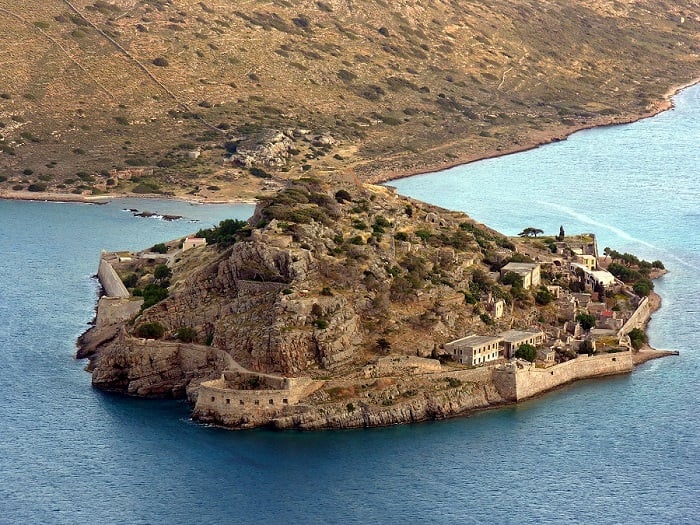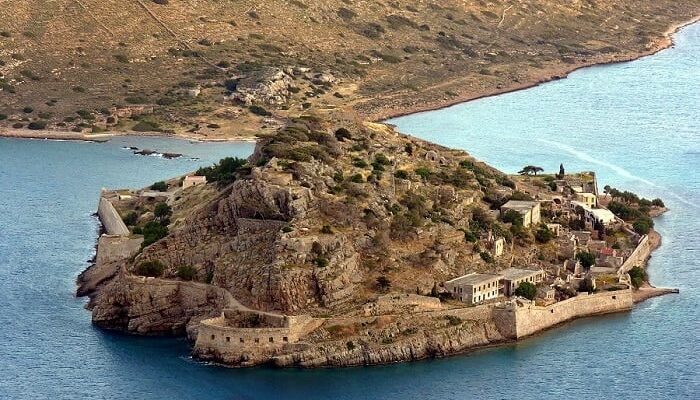
The former leper colony of Spinalonga just off the coast of Crete is being restored to create exhibition spaces, the Greek Culture Ministry announced recently.
The restoration of the buildings of the Leprosy Hospital is part of the ministry’s promotion and protection of the Venetian fortress.
“Spinalonga was an extremely important fortress complex of the Venetian period, but also a place charged with sad memories from the period when the island served as a leprosarium,” said Culture Ministry Lina Mendoni.
She noted how the Venetians transformed a barren rock into a strong fortress, and the Muslims transformed it into a significant commercial hub, while the patients of the Leprosy Hospital created a supportive community.
“The island receives thousands of visitors every day – many of whom are repeat visitors – who can see the impressive Venetian walls, but also the reconstruction of the lives of the lepers through the restored buildings. It is a place with a great history that in any case deserves to be visited” said Mayor of Agios Nikolaos Manolis Menegakis.
Spinalonga deserves to be included in the protected UNESCO Monuments and this is one of the objectives of the Municipality, the mayor stresses.
The tiny islet of Spinalonga, or Kalydon, as it is officially known, is located in the famous Gulf of Elounda off northeastern Crete in the region of Lasithi, next to the town of Plaka.
Originally connected to the mainland of Crete, Spinalonga was separated from the rest of Crete by the Venetians, probably in the 15th or 16th century. The entire island was then turned into a fort, as stout walls were built all around the islet.
Crete’s Spinalonga used as a leper colony
The most famous and tragic aspect of its history, however, began in the year 1903, when Spinalonga was used as a leper colony because of its isolation from the mainland.
There were two entrances to Spinalonga, one being the lepers’ entrance, a tunnel known as “Dante’s Gate.” This was so named because the patients did not know what was going to happen to them once they arrived.
However, once on the island, they received food, water, medical attention, and social security payments. Previously, such amenities had been unavailable to Crete’s leprosy patients, as they mostly lived in the area’s caves away from civilization.
One of Europe’s last leper colonies, it ceased operation only in 1957. The last inhabitant, a priest, did not leave the island until 1962, to maintain the Greek Orthodox tradition of commemorating a buried person forty days, six months, one year, three years, and five years after their death.
Spinalonga became famous worldwide following the publication of the novel “The Island” by British writer Victoria Hislop which won several awards including Newcomer of the Year at the 2007 British Book Awards. Mega Channel Greece produced a 26-episode television series called To Nisi (The Island), based on the book; the series premiered on 11 October 2010.
Today, the uninhabited islet, which has docking facilities and beaches, is one of Crete’s most popular tourist attractions. In addition to the abandoned leper colony and the fortress, Spinalonga is known for its small pebble beaches and shallow waters.



